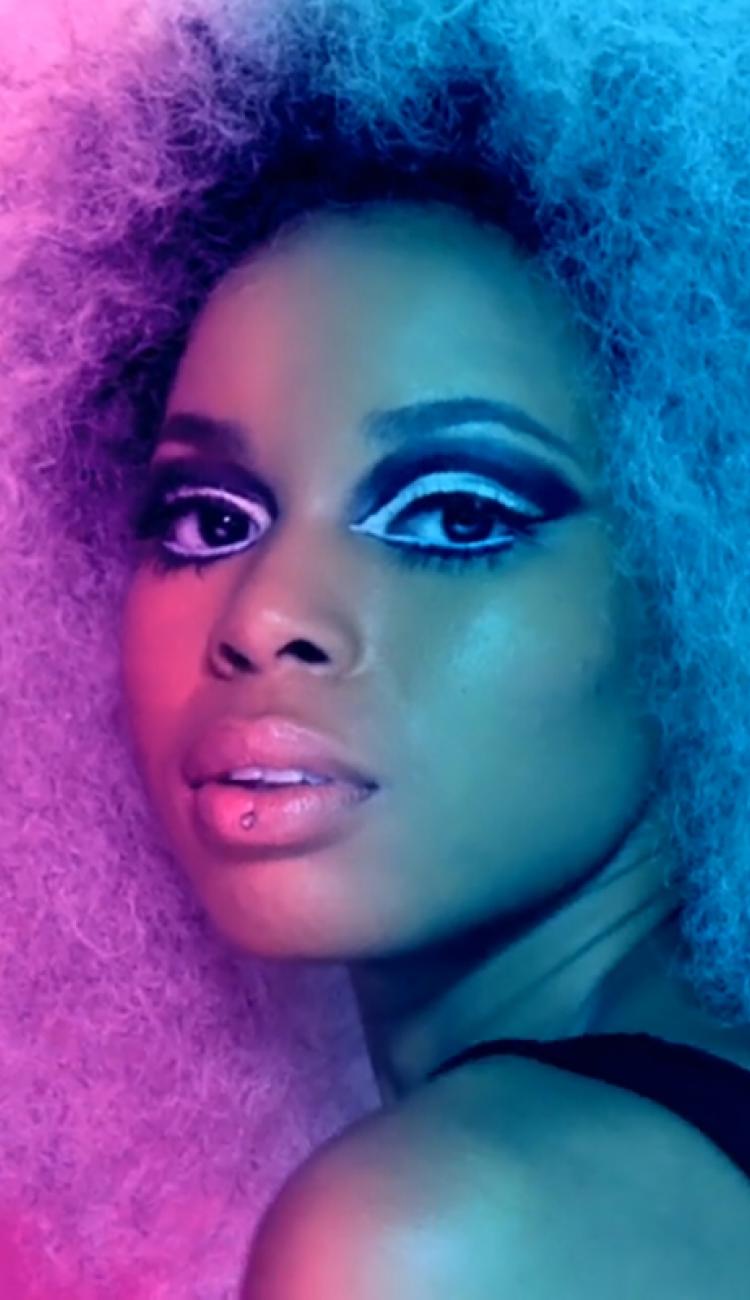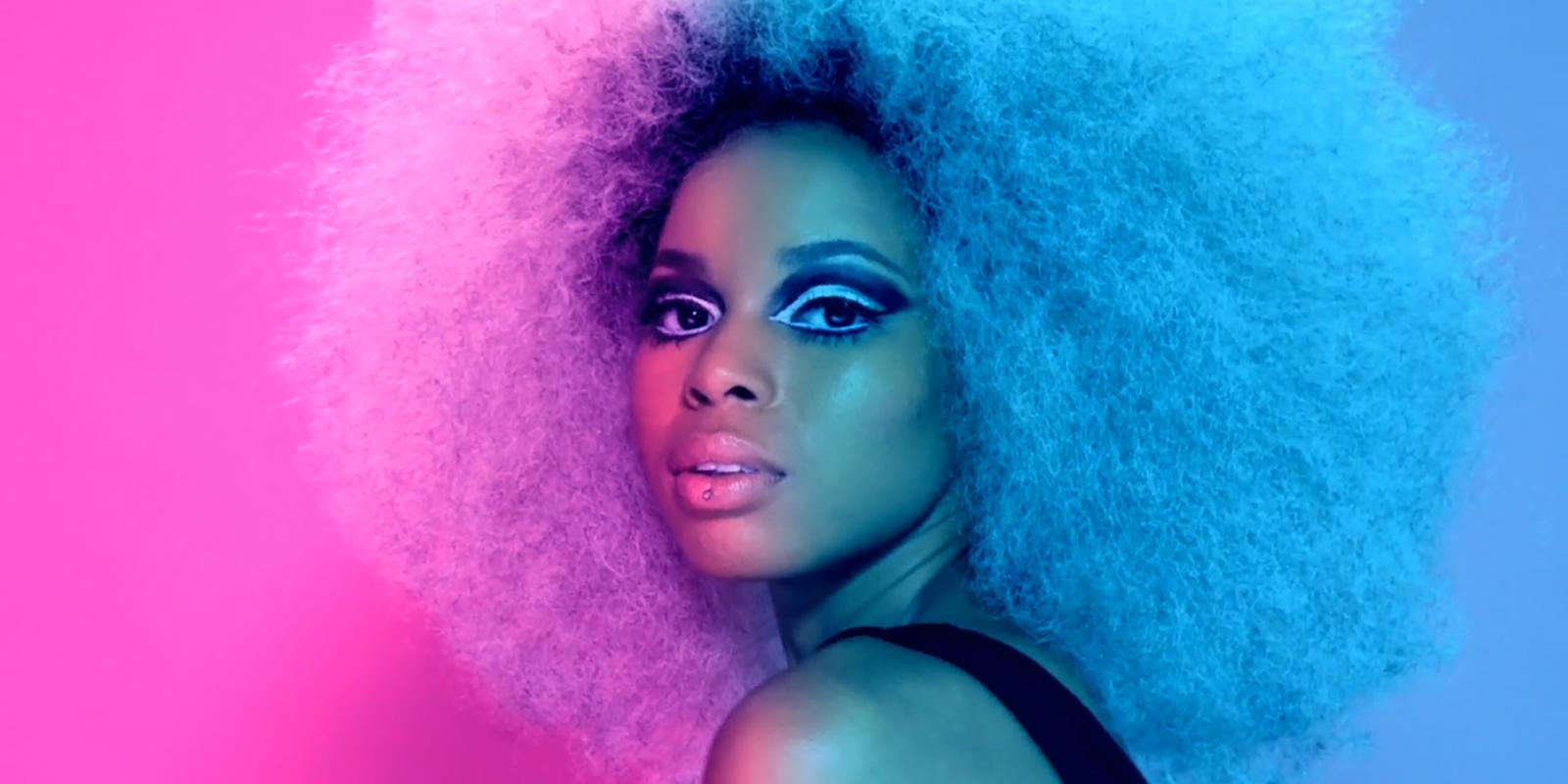Jul 17, 2018
Beauty as a gateway to deeper connections with a diverse audience
The BET Experience—a multi-day music and entertainment festival at Los Angeles’ STAPLES Center—attracts hundreds of thousands of celebrities and fans every year. This year, that list included several young women who eagerly lined up to get their hair braided, watch live beauty tutorials, and see people who looked like them strut down the BET Style stage runway.
Although hair, cosmetics, and fashion have always been central elements of black culture, beauty brands have historically ignored women of color despite their buying power and influence. In fact, black women spend an estimated $7.5 billion annually on beauty products, which is 80% more than their non-black counterparts, according to research from Essence.
But now beauty brands and events—as well as individuals in the industry—are showing an interest in women of color and attracting a growing base of fans as a result. In the last few years, there’s been an explosion of niche and independent beauty brands, including several product lines that cater to a diverse demographic.
Rihanna’s Fenty Beauty, launched in 2017, was a turning point. TIME declared Fenty Beauty one of the best inventions of the year, alongside breakthrough products like the Tesla Model 3 electric car. Rihanna explained that some women “are finding their shade of foundation for the first time, getting emotional at the counter” in an interview with the magazine. The line racked up $72 million in sales within the first month.
Resonating with consumers requires more than just products. “Every brand is throwing around the words ‘diversity and inclusion,” says Essence beauty editor Siraad Dirshie, emphasizing that companies need to apply diversity into advertising and boardrooms. “One of the many reasons Fenty Beauty was a smash success was because the team thought about diversity holistically with an element of care and sincerity which many black women weren’t used to from beauty brands,” she added.
| Black women spend an estimated $7.5 billion annually on beauty products... |
|---|
| which is 80% more than their non-black counterparts. |
Beauty Created for Color
At the BET Experience, the events and activations in the BETX House of Fashion and Beauty were designed specifically for women of color.
There were big-chop demonstrations encouraging women to embrace their textured hair; make-up tutorials featuring women of all skin tones; salon hair styling stations using Camille Rose products, designed for women of color; and even a book signing from Angela C. Styles, author of Hair, a children’s book that teaches young girls to embrace their natural hair.
Speaking with women attending these booths it was apparent that beauty is about more than appearances; it communicates who they are and how they want to present to the world. Desiree Glover, a model and attendee explains, “beauty and fashion are all about saying something without having to say it out loud. It’s about making a statement and not being afraid. “
Business owners like Janelle Stephens, CEO of Camille Rose, also found benefit from being on the ground and hosting a brand activation. “This has given us the opportunity to touch the consumer and reach the consumer. It’s also helped us to raise brand awareness, especially to a younger demographic.”
Beauty for a Mobile, Social Audience
BET announced a content partnership with Beautycon earlier this year to create video tutorials for women of color, a move that signaled BET was ready to tap into the diverse passions of its audience with digital content. Days later, a Beautycon event in New York City featured a standout moment: a live-wig demonstration by Tokyo Stylez, who has worked with Nicki Minaj, Cardi B, and Kim Kardashian. The Stylez demonstration was a huge hit, because as Danielle Prescod, BET Style Director, explains, it “hit all the points our audience cares about: celebrity, hair, and glamour.”
The BET x Beautycon video tutorials, which appear on BET.com, are designed for a young, social audience and feature prominent influencers and models who teach viewers how to recreate on-trend beauty looks.
But not too trendy. The BET digital team worked closely with Beautycon to decide which tutorials would best cater to their audience. Products are integrated throughout the videos, offering natural opportunities for advertisers to be integrated into the content. Prescod describes the content as “beginner and medium-level” explaining, they didn’t want anyone to be intimidated to try out the looks featured in the video. “We wanted people to look at these [tutorials] and think ‘oh I think I can try that.’”
Black beauty influencers, like popular YouTuber Jackie Aina, who has 2.5M subscribers, and Patricia Bright, with 2.4M subscribers, have successfully fulfilled the demand many major publishers ignored by creating their own beauty content geared towards women of color. Prescod notes that while black audiences are “underserved from official publications,” explaining that a brand like BET can offer programming that has a higher level of legitimacy than an individual influencer may be able to.

